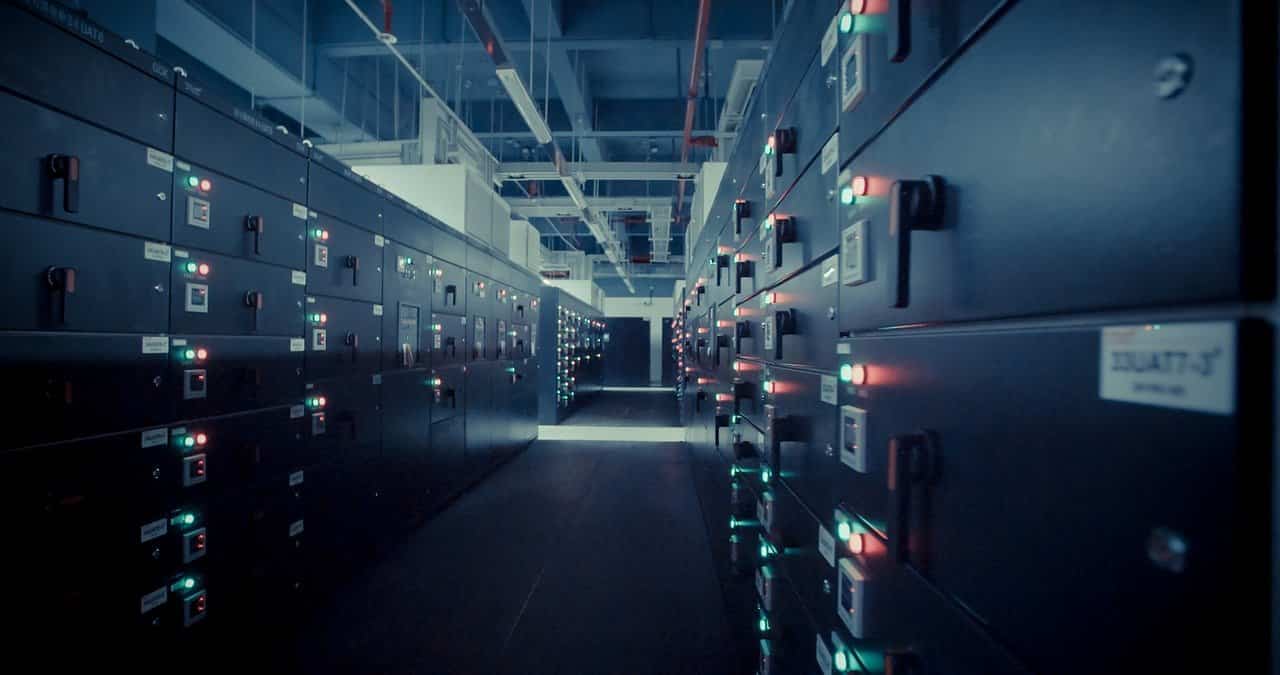In an increasingly digitalized world, data security has become a fundamental concern for companies and organizations of all kinds. At the heart of this battle for information protection lies a fascinating and often little-known technology: the Faraday Cage.
In data centers, where an organization’s most critical data is stored and processed, the Faraday Cage plays a crucial role in defense against electromagnetic threats. This innovative solution, inspired by the principles of physics, creates an invisible shield that isolates equipment and systems from any external interference, safeguarding the integrity and confidentiality of the data.
The Faraday Cage, named in honor of the British scientist Michael Faraday, is a metallic structure that completely envelops a specific space, such as a room or a server rack. This structure acts as an impenetrable barrier to electromagnetic waves, preventing any external signal from entering or leaving the protected area.
“The Faraday Cage is a fundamental tool in the protection of data centers,” explain cybersecurity experts. “By creating an isolated environment, it prevents electromagnetic signals from interfering with critical equipment and systems, which could compromise the confidentiality and integrity of the stored and processed data.”
Beyond protection against interference, the Faraday Cage also plays a key role in preventing eavesdropping and espionage attacks. By blocking electromagnetic signals, it prevents any external device from intercepting or monitoring activity within the cage, making it an insurmountable barrier for cybercriminals.
“In a world where information security is an absolute priority, the Faraday Cage has become an indispensable solution for data centers,” states the technology lead of a major company. “It gives us the peace of mind knowing that our most valuable data is protected against any external threat, whether natural or malicious.”
But the Faraday Cage not only protects data, it also plays a crucial role in preventing accidents and system failures. By isolating equipment from electromagnetic interference, the risk of errors or system failures is significantly reduced, which could have disastrous consequences for the organization.
“We have seen cases where a simple electrical discharge or electromagnetic interference has caused serious problems in a data center’s systems,” explains our security expert. “The Faraday Cage acts as a protective shield, preventing these incidents from occurring and ensuring business continuity.”
“But implementing a Faraday Cage in a data center is not a simple task,” points out the technology lead. “It requires careful design and precise installation, as any failure or breach in the metallic structure can compromise the effectiveness of the protection.”
“It is crucial to have experts in the design and installation of Faraday Cages,” he continues. “They must take into account factors such as the data center’s location, equipment distribution, ventilation, and accessibility, among other aspects, to ensure optimal protection.”
Additionally, the Faraday Cage is not a static solution. It requires regular maintenance and periodic updates to adapt to technological changes and new threats that may arise.
“Data security is a constant challenge, and the Faraday Cage is just one of the many tools we use to protect our systems,” says our cybersecurity expert. “But it is a fundamental tool that allows us to rest easy knowing that our most valuable data is safe.”
As technology advances and cyber risks multiply, the Faraday Cage has become an indispensable element in the security strategy of data centers. This solution, based on scientific principles, has emerged as an unbreakable bulwark in the defense of organizations’ most critical information, ensuring the confidentiality, integrity, and availability of data in the digital age.

